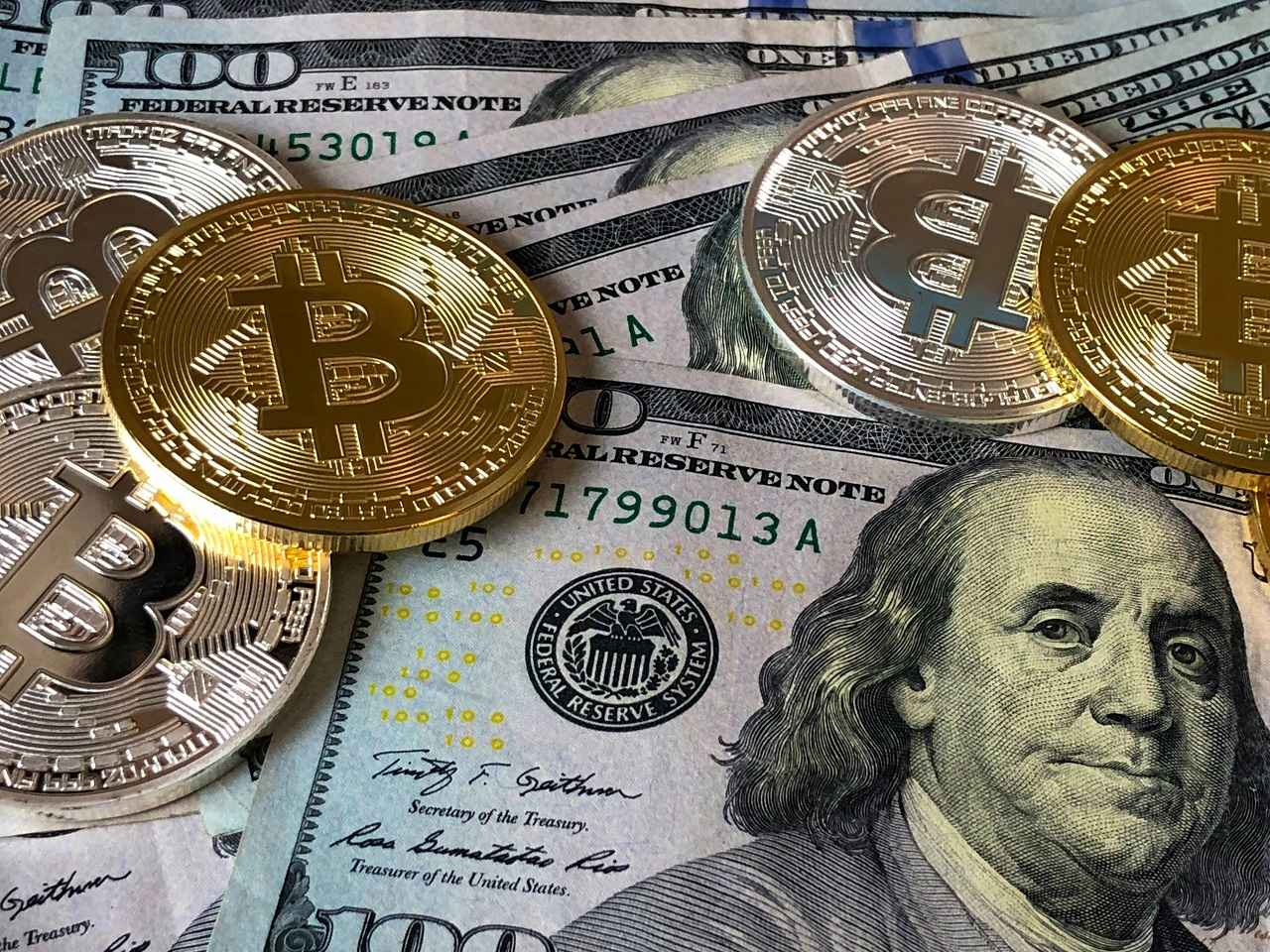
It started with a whisper from the marble corridors of monetary power. One nod, one tightening of the jaw from a central banker in a finely cut suit, and the tremors began. Not all at once. First a drop, then a stumble, then a lurch as the digital markets that never sleep braced against a headwind they’d only just begun to feel. It wasn’t unexpected—these things rarely are—but knowing the storm is coming doesn’t stop you from getting wet. And lately, everyone in crypto has felt the rain.
The Federal Reserve’s more hawkish tone on interest rates has sent cryptocurrency values dipping, dragging the entire market into the red. Bitcoin, the bellwether coin that so often dictates sentiment across the space, has been especially reactive. And as traders check the BTC to AUD conversion rates for signs of a floor, the broader question looms: are we witnessing a temporary correction, or something more structural?
Overview of the Federal Reserve’s Recent Actions
After months of speculation and breathless commentary from analysts, the U.S. Federal Reserve announced a modest rate cut. But it wasn’t the cut that rattled markets. It was the language that came with it. The messaging was clear, perhaps even stern: inflation remains a concern, and the central bank isn’t in a hurry to loosen the reins. Investors had hoped for a gentler hand, more liquidity, an easier road. What they got was a signal that the Fed would proceed cautiously, keeping a wary eye on the inflation needle.
To the uninitiated, interest rates may seem far removed from crypto. But they influence everything. Higher rates mean tighter money, which often leads investors to pull out of riskier assets in favor of safer returns elsewhere. Crypto, still volatile and relatively young, gets hit hardest.
Immediate Impact on Cryptocurrency Prices
The reaction was swift. Bitcoin slid over ten percent in a matter of days. Altcoins followed, some falling harder and faster, like spectators stumbling down the same hill. It wasn’t a collapse, but it wasn’t gentle either. As outflows mounted and social feeds filled with concern, a familiar unease crept back into the market.
And yet, the correction didn’t resemble a panic. Volume stayed consistent. Major platforms handled the activity without hiccup. Traders, while cautious, didn’t stampede. This downturn felt more like a controlled burn than a wildfire. Strategic retreats, not blind flight. The kind of market movement that feels surgical—dispassionate, almost—but still painful.
Investor Sentiment and Market Dynamics
Watching the charts, it’s easy to forget the human side of it all. Behind each candlestick are people with plans, fears, and, increasingly, spreadsheets. The emotional rollercoaster of crypto trading, already notorious, becomes more intense when economic signals blur. Investors today aren’t just reacting to prices; they’re reacting to reaction itself. It’s a feedback loop that feeds on sentiment.
The BTC to AUD price, once a back-burner metric, has taken on new weight for international investors looking for shelter in stable currencies. The recalibration is as much psychological as it is financial. And when the lines between the two blur, clarity becomes as precious as profit.
If you squint at the headlines and charts, you might catch echoes of that iconic scene in “The West Wing” where President Bartlet, drenched by a thunderstorm, lectures God in Latin. There’s power in the spectacle. But there’s also frustration—of watching grand plans stall in the face of weather no one can control.
Long-Term Implications for the Crypto Industry
Despite the drop, the story isn’t finished. Changpeng Zhao, founder and former CEO of Binance, once said, “The crypto market cap could reach $5 trillion as institutional demand grows.” That’s not hope—it’s projection, based on observed trends. Institutions are still circling, watching, weighing risk. A hawkish Fed might cause temporary hesitation, but the long-term trajectory of crypto is still aimed skyward.
This period, painful as it is, is also a reset needed. Markets cannot rise forever. Corrections are rational. They dispel speculation and create room for real value. For believing and patient people, the decline might be an opportunity disguised as a setback.
What’s Next
Technology’s essence is forward motion. It adapts, enhances, accelerates. And so with crypto, even when—or perhaps because of—all the resistance it encounters. Yesterday’s pullback isn’t a sign of doom. It’s an alarm that growth frequently isn’t unilateral and that power isn’t relayed through rallies.
Investors would be wise to take a lesson from this moment. The dance between price and policy. The angst lurking just beneath the surface. The grace with which some platforms absorbed the shock. Because it will not be the last challenge. This is a volatility-driven market that feeds on challenge.
So yes, prices have dropped. But the foundation remains. Infrastructure has matured. Communities have grown savvier. And the next wave, when it comes, will rise on the backs of those who learned from this one. In the meantime, maybe it’s a good day to step away from the chart, put down the iPhone, and breathe. The markets will still be here tomorrow. And tomorrow might look very different from today.







